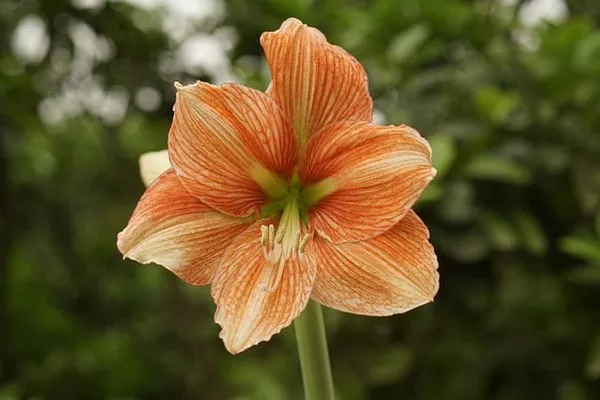The beauty of a well-tended garden is a delight for any homeowner or gardening enthusiast. However, the presence of deer can turn this idyllic scene into a potential battleground. Deer are notorious for their voracious appetites, often causing significant damage to flowers and plants. Fortunately, there are various strategies and deterrents that can be employed to keep these graceful yet destructive creatures at bay, allowing your garden to flourish. In this article, we’ll explore some effective methods to protect your flowers from deer.
Understanding the Deer Challenge:
Before delving into specific solutions, it’s crucial to understand why deer pose a threat to your flowers. Deer are herbivores and have a wide-ranging diet that includes many types of plants, flowers, and shrubs. In their quest for food, they can cause considerable damage to gardens, particularly during seasons when natural food sources are scarce.
Fencing:
One of the most effective ways to protect your flowers from deer is to install a sturdy fence around your garden. A properly constructed fence acts as a physical barrier, preventing deer from accessing your plants. Opt for a fence that is at least 8 feet tall, as deer are skilled jumpers. Make sure the fence is securely anchored to the ground to prevent deer from crawling underneath.
When selecting fencing materials, consider options that are both durable and aesthetically pleasing. Wire mesh or vinyl-coated fencing can be effective, and certain designs can add a decorative touch to your garden while serving their protective purpose.
Plant Deer-Resistant Species:
Another proactive approach is to choose flowers and plants that are naturally unappealing to deer. While no plant is entirely deer-proof, some species are less attractive to these animals. Examples include daffodils, lavender, marigolds, and salvia. Research deer-resistant plants that are well-suited to your region and climate, and incorporate them into your garden design.
Repellents:
Various commercially available deer repellents can be effective in deterring deer from your flowers. These repellents often contain natural or chemical substances that emit strong odors or tastes unpleasant to deer, discouraging them from feeding on your plants. Common ingredients in repellents include garlic, capsaicin (found in hot peppers), and putrescent egg solids.
Apply repellents according to the product instructions, especially after rainfall, as the effectiveness of some repellents may diminish when wet. Keep in mind that repellents may need to be reapplied periodically to maintain their efficacy.
Motion-Activated Devices:
Deer are skittish creatures that are easily startled by sudden movements or sounds. Utilize motion-activated devices, such as sprinklers or lights, to startle deer when they approach your garden. These devices are effective because they create an unpredictable environment, making deer less likely to linger in the area.
Install motion-activated sprinklers strategically, focusing on areas where deer are most likely to enter your garden. Additionally, consider incorporating solar-powered lights or noise-emitting devices to enhance the deterrent effect.
Netting and Covers:
For individual plants or smaller flowerbeds, consider using netting or covers to shield your flowers from deer. Netting provides a physical barrier that prevents deer from reaching the plants, and it is often a cost-effective solution for smaller garden spaces.
Secure the netting or covers around individual plants or cover entire flowerbeds, ensuring a snug fit to prevent deer from finding gaps to access your flowers. While this method may be less visually appealing, it can be a practical and temporary solution.
Conclusion:
Protecting your flowers from deer requires a combination of strategies tailored to your specific garden and local deer population. By implementing physical barriers, choosing deer-resistant plants, applying repellents, utilizing motion-activated devices, and employing netting or covers, you can create an environment that discourages deer from feasting on your floral treasures.
Experiment with different methods to find the most effective combination for your garden, and be prepared to adapt your approach as needed. With careful planning and the right protective measures in place, you can enjoy the beauty of your garden without constantly battling the impact of deer browsing.


